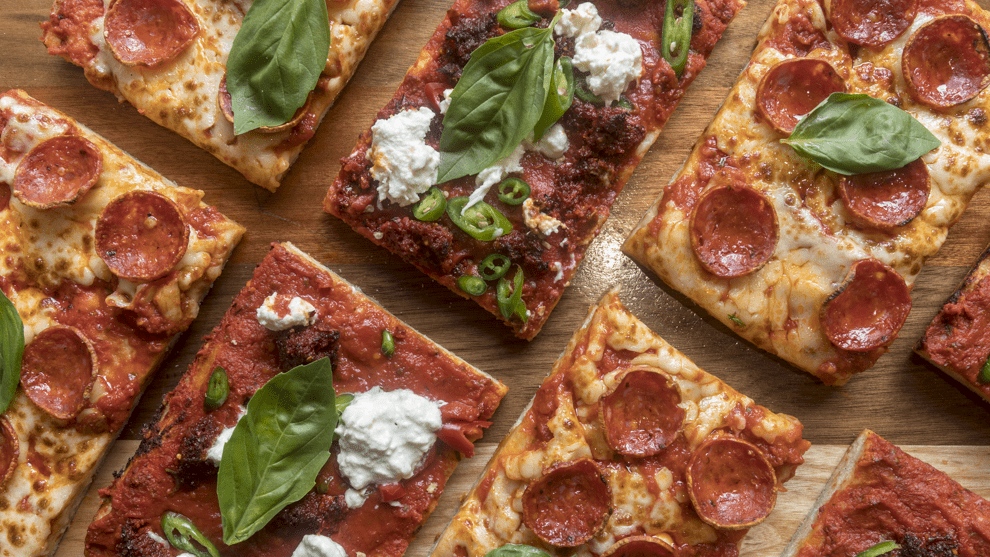January 23, 2019
Filling the Frame – Composition Part 5
Make the subject of your photo front and centre by filling the frame

In last week’s post, we looked at how using negative space can draw the viewers’ attention to the subject. In contrast, this week, we are going to look at filling the frame with the subject. This puts the viewer in no doubt what you want them to look at as it is the only thing in the frame!
Filling the frame in an abstract way
One way of filling the frame is to create an abstract image. As photographers, we should try and tell a story. In my Switch to Manual workshop, we walk down the Royal Mile in Edinburgh. Part of the story of this street is the shops selling different tartans. A straight image of the shop would be dull. By pointing downwards and capturing the tartan scarves wrapped into circles we create an interesting abstract image.

Filling the frame in an organised way
The next image is similar to one you may when ordering from a takeaway food app. They are trying to encourage you to buy a tasty meal from them. Filling the frame with a nice looking pizza is going to do the job. Creating some order to the frame being filled makes it even more appealing.

Filling the frame in an odd way
In this final image for this weeks’ post, we again feature the Scottish Parliament building. In contrast to last week where we purposely introduced space, this time we fill the frame with the contemplation pods. However, this time we have used a technique that makes the image more attractive to the viewer. We like to see things in odd numbers. By making the image three ‘windows’ wide it feels nice and balanced. If we had just used two or four windows it would feel less so. Odd numbers are the way to go when composing to fill a frame.

As we have looked at these composition techniques you should always think of each one is a tool to aid the photograph. Not every image has to hit the rule of thirds. You don’t always have to leave negative space or fill the frame – indeed these are contradictory. Try out different techniques and see which work best for a particular scene. Why not join our monthly newsletter where we set a challenge each month which will allow you to try out different composition techniques?